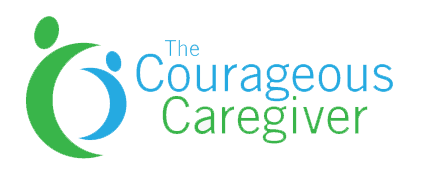According to studies the rate of nurse staffing and burnout are directly associated with the rate of hospital acquired infections in Pennsylvania. It is said that there’s a higher risk of urinary tract infections for every additional patient added to every nurse’s workload. It was through a statistical analysis that it was discovered that burnout was the key factor for the increase of infection rates.
It’s suggested that to help alleviate the increase of infection rates, there should be major organizational changes in the workplace. Activities may include “educational interventions, performance feedback, and social support”.
Prior studies concluded that there’s a relation between nurse staffing levels and infection rates but the direct relationship has remained unclear. This is because jon-related stress have shown to affect the quality of patient care. This study was based on three data sources: (1) survey of 7,000 nurses inclusive of burnout-related questions, (2) Pennsylvania state data on healthcare acquired infections, and (3) hospital characteristics.
Results showed that about 16 patients per 1,000 acquired infection while confined in the hospital. Urinary tract and surgical site infections were the most common. With this discovery the researchers estimated how much money is saved if the burnout level decreased. Based on the CDC data on direct costs of treating infections, they found that if there’s a 10% decrease of burnout level there’s a possibility to prevent 1,335 urinary tract infections which can save about $1,000.000. That same 10% reduction would have also prevented 744 surgical site infections which can also saving a wopping $8,000,000.00 to $22,000,000.00. With that said, hospital management should invest more time and energy to make sure their nurses are in tip top shape and well rested in order to avoid any further preventable expenses.


